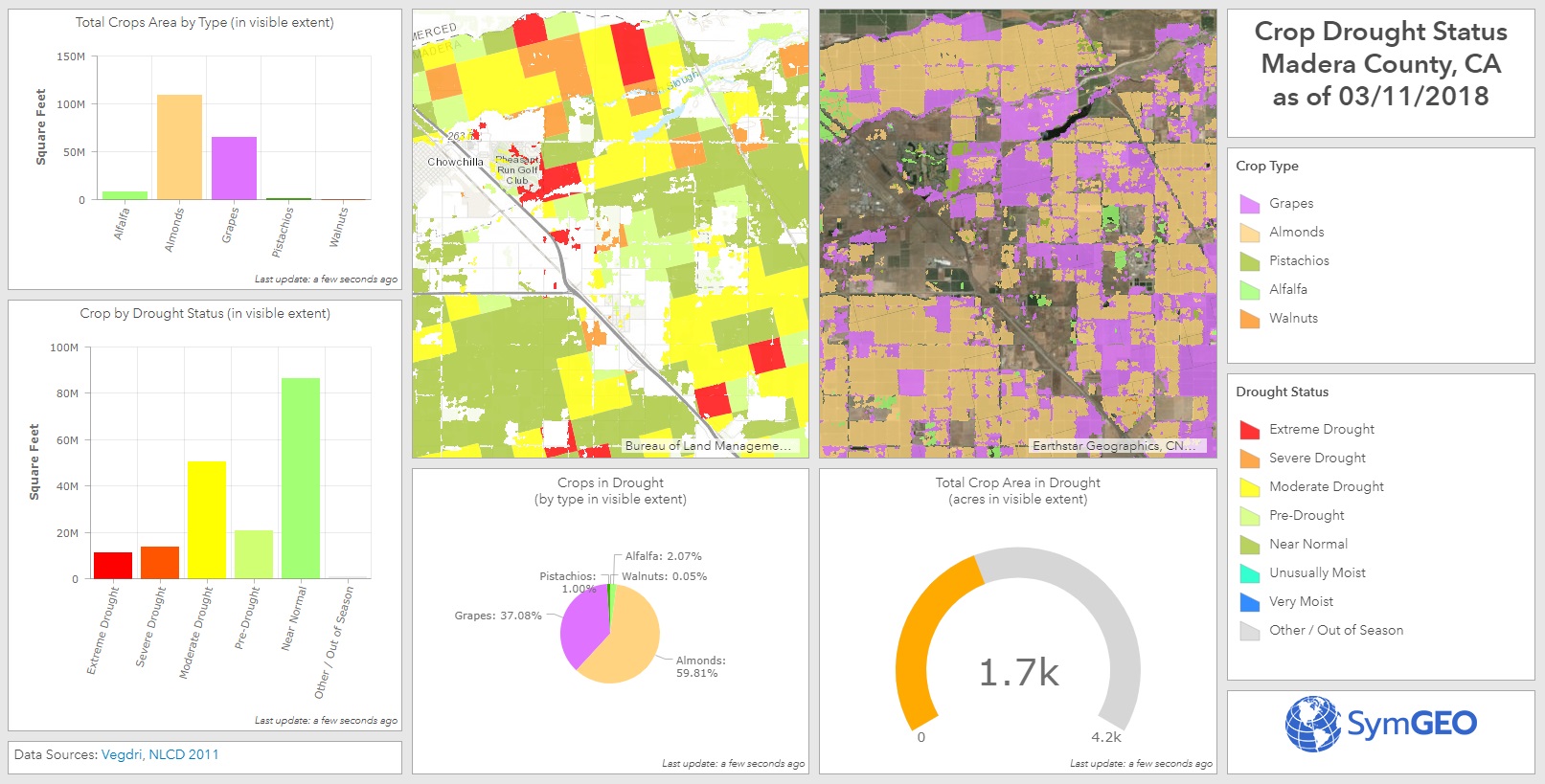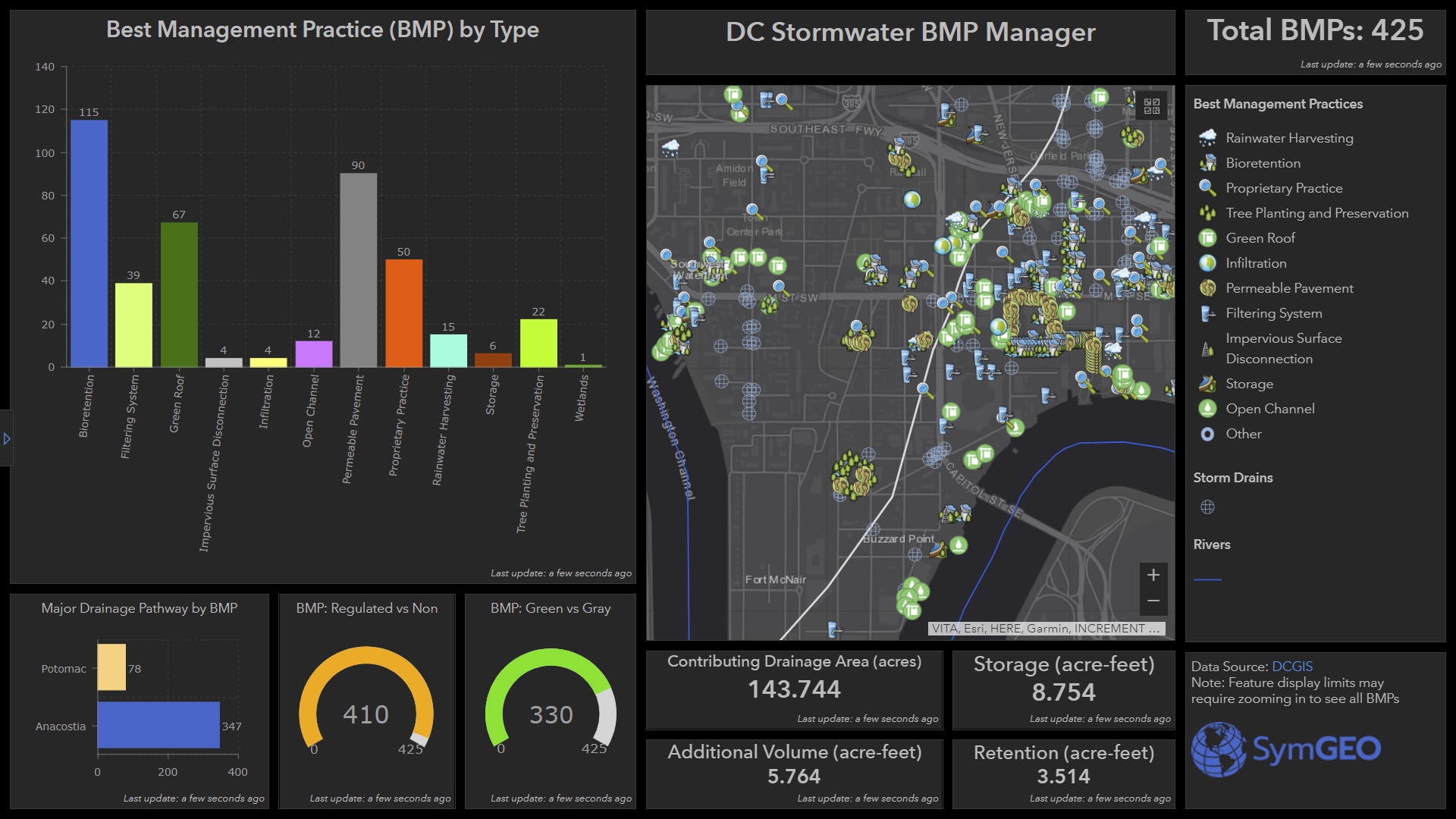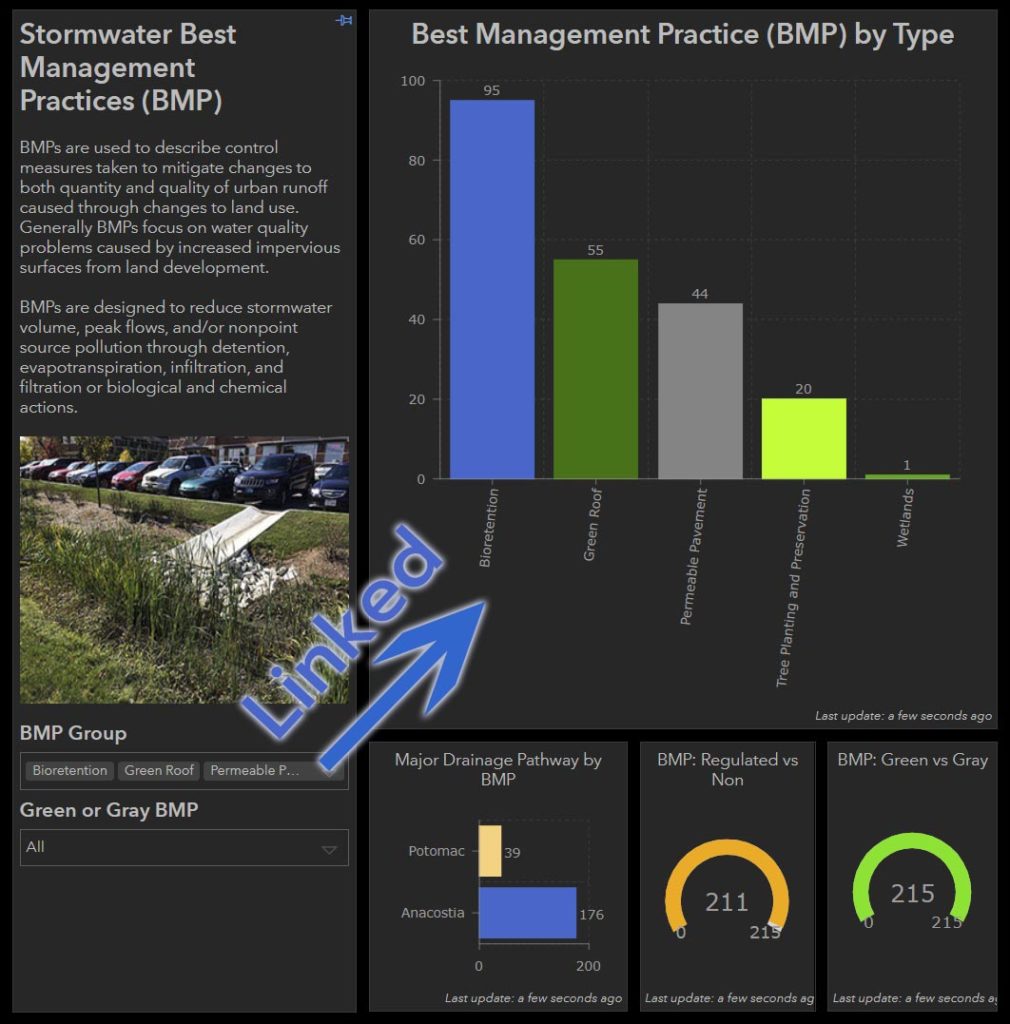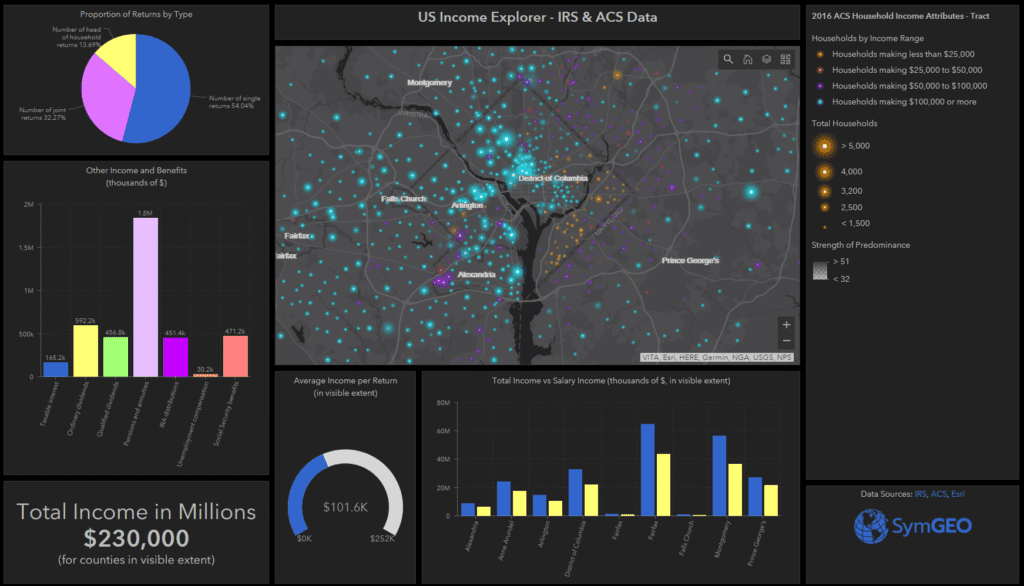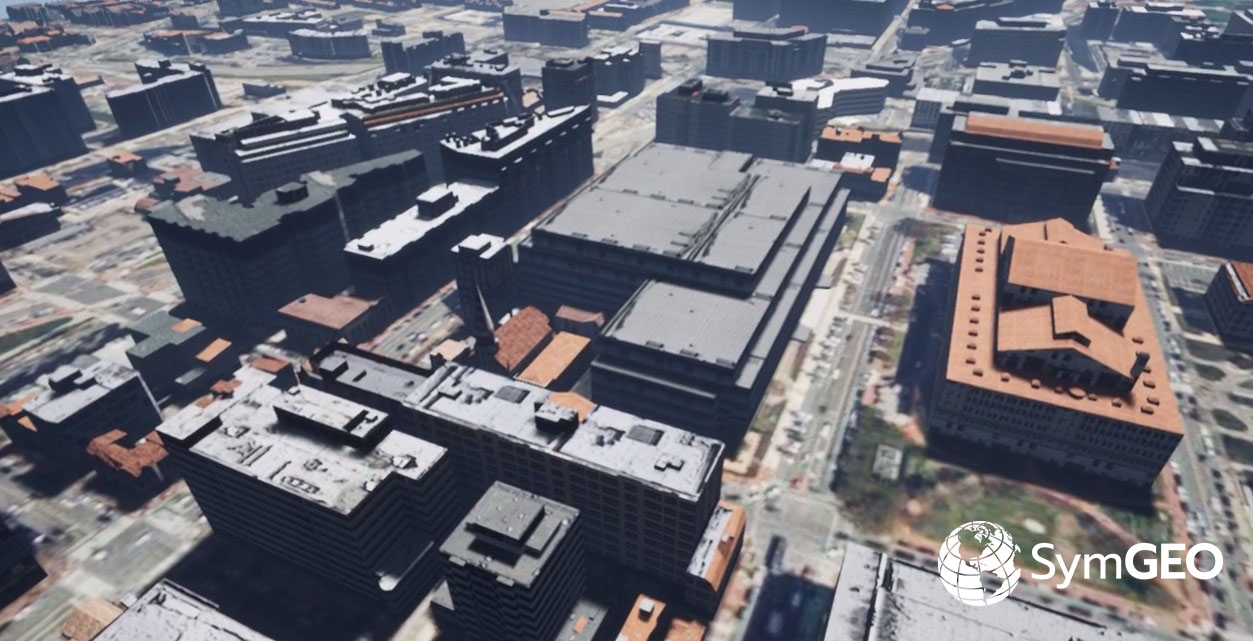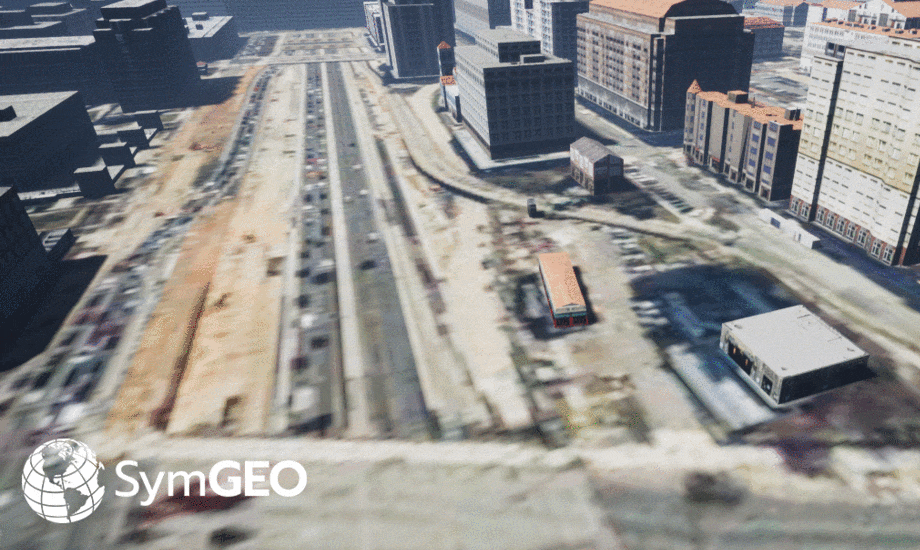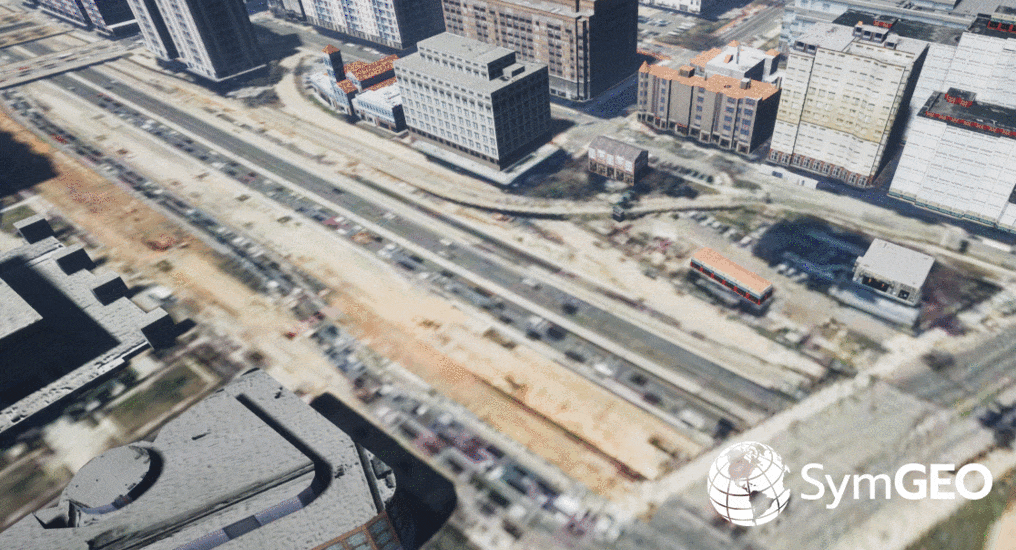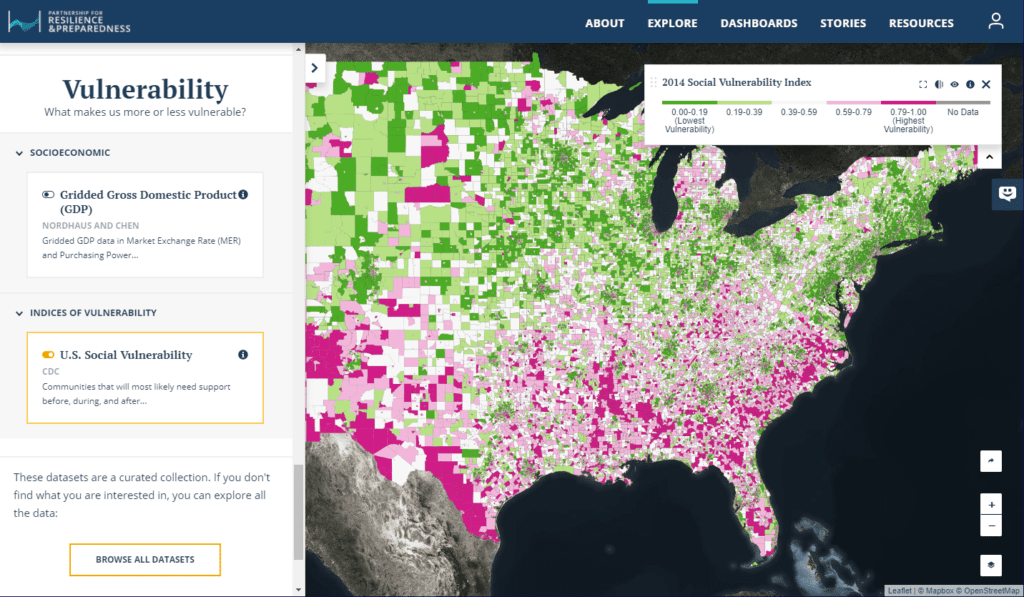SymGEO is pleased to share a glimpse into what’s possible using near-real time satellite sensor data and the power of GIS to produce a Crop Drought Status dashboard. In this example, we have used vegetation drought status and intersected it with crop data for a county in California to determine which crop types and how many acres are at risk. The vegetation drought data is available on a weekly basis nation-wide at relatively fine granularity with approximately a one week production lag-time, so it provides a very current glimpse into the on-the-ground situation.
This information could be used by farmers or irrigation districts for the planned allocation and distribution of water resources, leading to better decision for our agricultural industry. It could also provide insight into crop prices or forecast yields based on existing or modeled conditions.
The data was processed in ArcGIS Pro to convert the satellite data into usable classifications and then intersect the drought conditions with the crop type data. Be sure to learn more about how the processing was automated using Model Builder! Once processed and symbolized, the data was then published and hosted in ArcGIS online, from which the dashboard was constructed. Charts and numerical summaries update interactively based on the map window extents, and the two map views are synchronized to allow side-by-side comparison.
Check out the Crop Drought Status dashboard today and let us know what you think!
